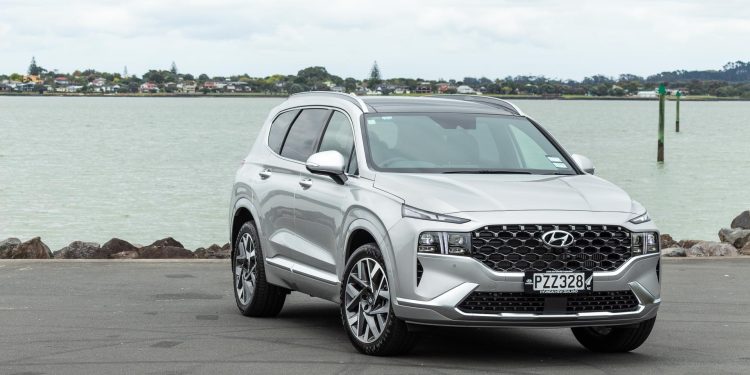2023 Hyundai Santa Fe 2.2 Diesel Calligraphy review
Words/Photos: Kyle Cassidy
Late last year, we found ourselves in Hyundai’s fourth-generation Santa Fe for what would be the last time.
This TM designated model has been around since 2018, and is in its final throes with the new bigger and boxier Santa Fe (with a somewhat ironic generational model of MX5) due along soon.
It is likely to arrive here by the end of the first quarter, all things going to plan.
Along with a new styling direction and a more premium persona, it also marks the end of diesel power for the popular Hyundai family wagon with the R series set for retirement, and to be replaced by a petrol hybrid line-up.
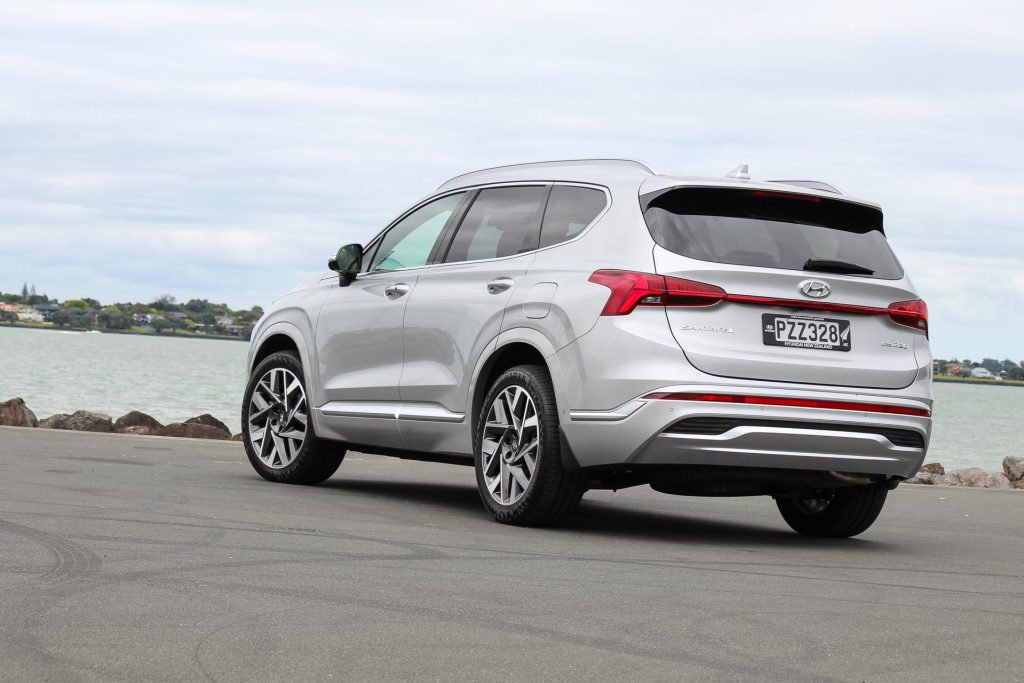
While Hyundai has always offered various petrol engines for certain grades of the Santa Fe, the diesel is by far the pick, and most preferred by buyers.
The 2.2-litre diesel still remains a decent engine with 148kW and 440Nm of torque brewed up from 1750rpm.
While I usually dislike it when motoring writers compare different vehicles based solely on the fact they got out of one and stepped into the other, it’s hard not to draw comparisons between this conventionally powered diesel SUV and the string of electric models we’ve been driving lately.
While this diesel engine has been previously thought of as darn good, I found myself missing the instant torque and the seamless drive of an electric powertrain.
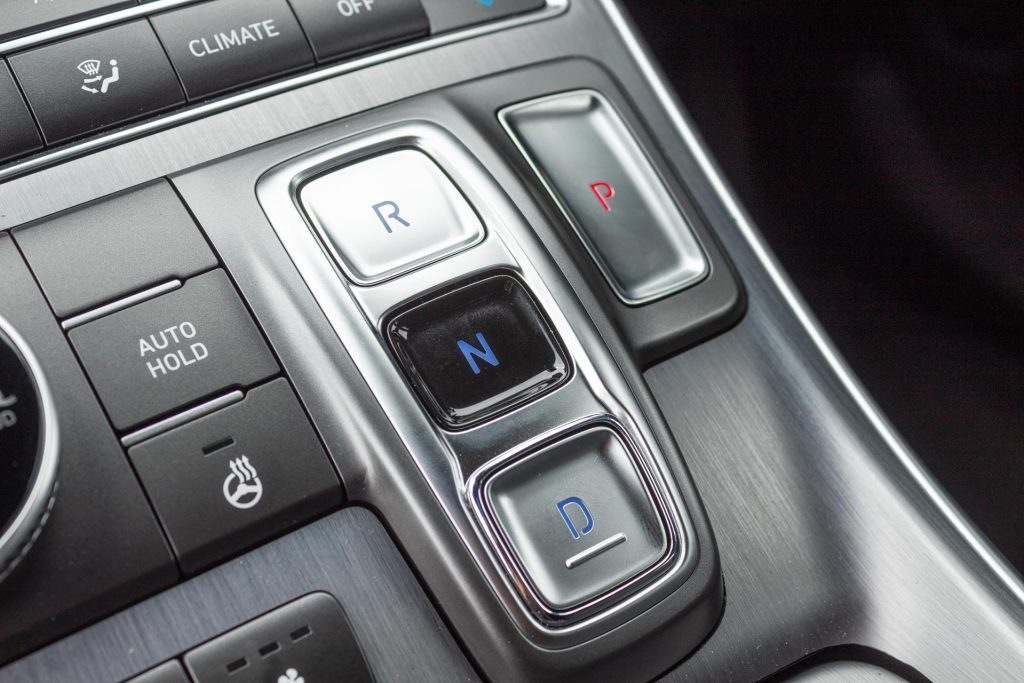
Here you need to wait that much longer for the engine to get into its work zone, and then there’s the delay for the gearbox to select its optimal ratio, adding more down time.
Perhaps you shouldn’t expose yourself to the nuances of electric drive, and you won’t know what you’re missing.
But then big electric SUVs are few and far between and those that are available are expensive given the size of the battery required. We are looking at you Kia EV9.
Even this particular Sante Fe, the Calligraphy at a whopping $94,900, is still $11k cheaper than the base model EV9. But actually, being in run out, the price of the top Hyundai Santa Fe has been trimmed to $82,990.
This remains a good SUV for the family although this one is a bit fancy. It still looks good for something that’s due to be replaced, especially in this silver hue on its bigger alloys.
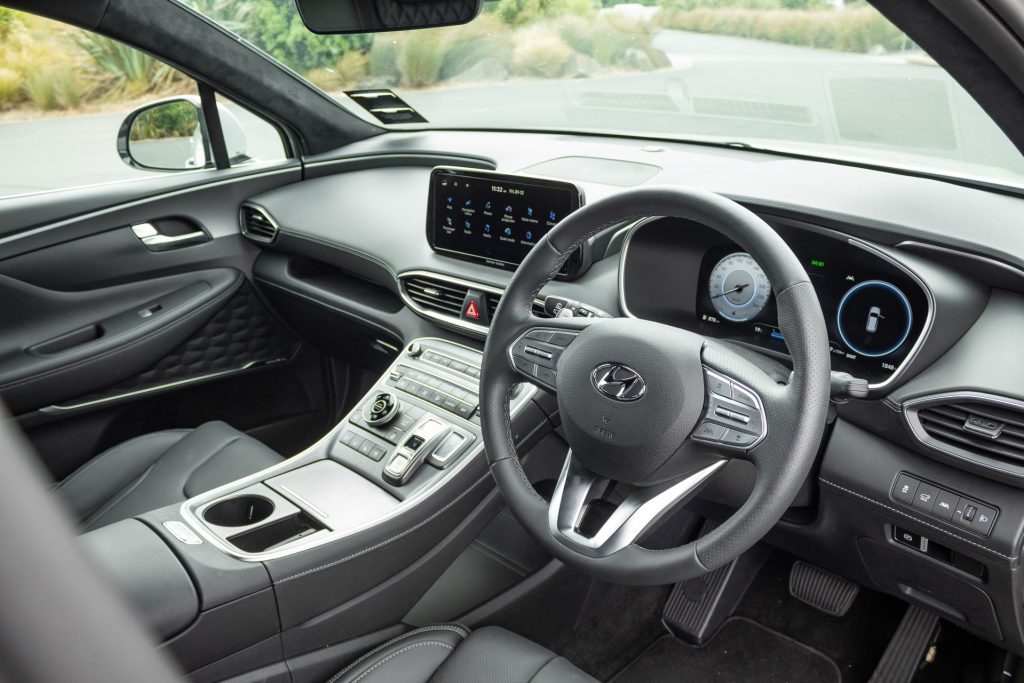
Inside there are more stitched leather surfaces and soft touch bits along with a dark suede headliner. Most things are heated and power operated, the seats trimmed in fine Nappa leather.
Another thing you get extra of in the Sante Fe is the serving of buttons; the upper part of the centre console is awash with them. No doubt some will prefer this array of switches to pawing away at a screen.
But it highlights how many buttons you need with all the functions and features a top spec vehicle now has. They take up a lot of real estate at the cost of storage.
One we like is the switch to turn on the parking camera; this of the surround-view type, and one of the modern conveniences we use frequently.
There’s a big dial for the various drive modes, but you’ll never need to move it from the adaptive Smart setting, given it’s so clever and effective.
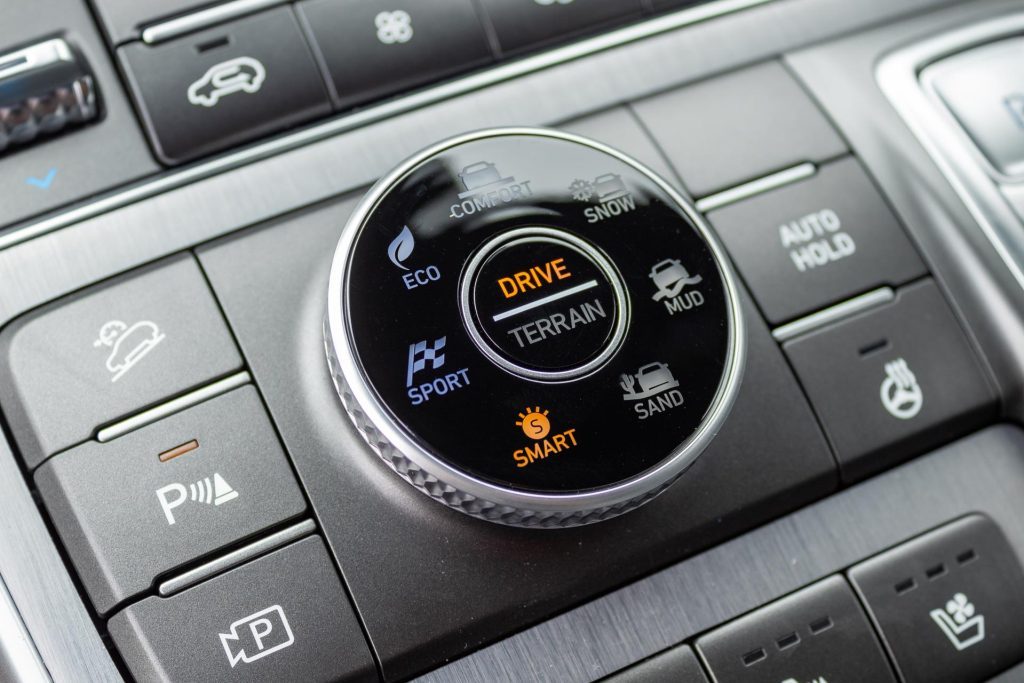
Santa Fe uses an eight-speed twin-clutch, and while there is a bit of slurring off the mark and at slow speeds, it’s generally quick and efficient with the changes.
The diesel sounds noisy when at idle, vibrations permeating the cabin, as there’s no stop/start function. That’s probably a good thing, as without mild-hybrid gubbins, idle/stop functions can be frustrating.
As to fuel use, we saw 8.6L/100km for mainly urban use, while the long term average was sitting on 7.9L/100km.
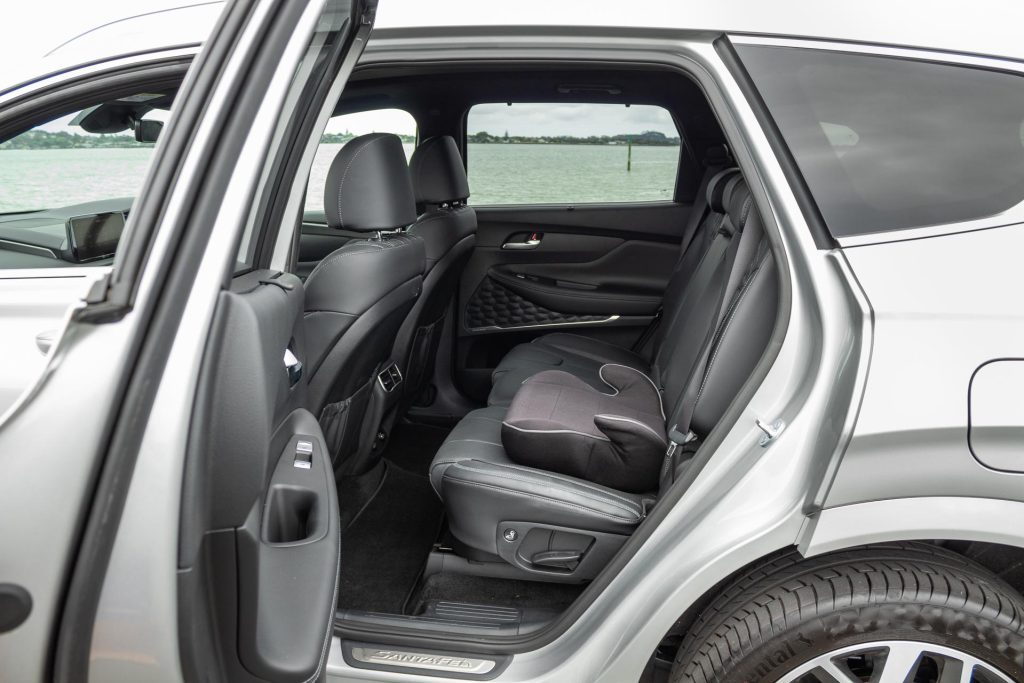
The claim is 7.1km/100km, which is okay for a big wagon, apart from the contribution to local air pollution. We didn’t notice too many bumps along the way, so that’s good, and the steering is lightweight and likeable in action, making the big car easy enough to park and drive.
Hyundai gave the Santa Fe a thorough update in 2020, effectively giving this a new platform, and so this still delivers a good mix of refinement and a certain dynamism you don’t usually associate with big SUVs; it’s still a good thing to drive, powertrain grumbles aside.
In the back, there’s solid room for a pair of adults, three at a squeeze, though a trio of kids fit better. These unruly types are also the best to ferry in the hindmost section of seating.
Santa Fe has an excellent seat folding mechanism for access to the third row too. And it’s got a sizeable boot when they aren’t in use.
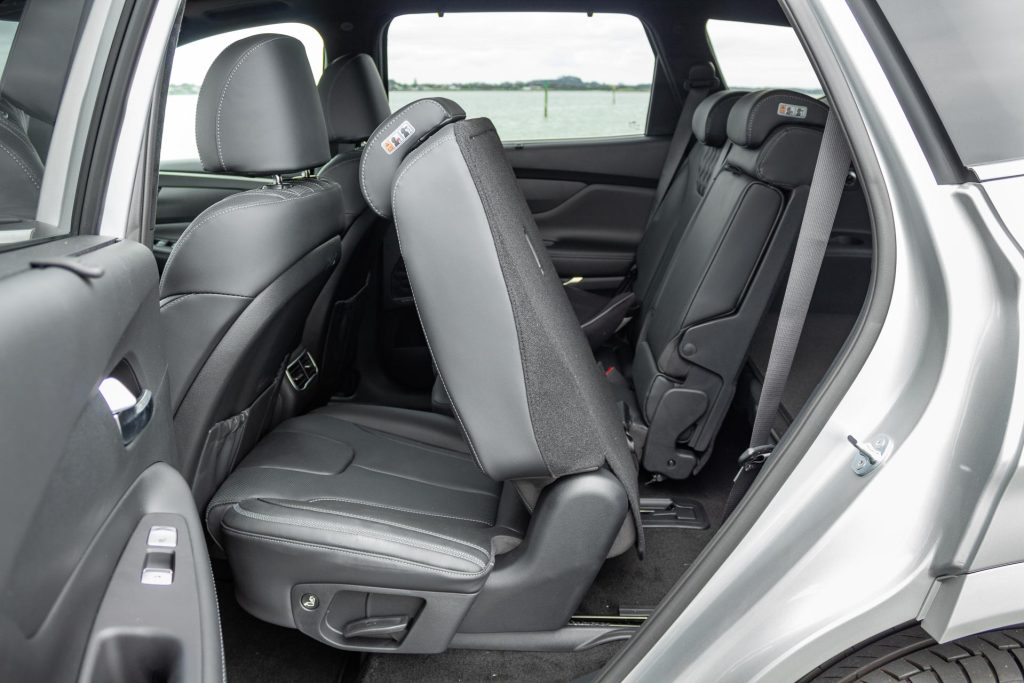
Being a diesel, it tows okay, rated to 2500kg, which is something it has over the electric set.
So if you’re still a fan of diesel and aren’t interested in going electric, best get in to grab the last of them because they won’t be making ’em like they used to for much longer.
| Model | Hyundai Santa Fe 2.2 Diesel Calligraphy |
| Price | $94,990 |
| Engine | 2151cc, IL4, TDI |
| Power | 148kW @ 3800rpm |
| Torque | 440Nm @ 1750-2750rpm |
| Drivetrain | 8-speed twin-clutch, on-demand AWD |
| 0-100 km/h | 8.8s |
| Fuel Use | 7.1L/100km |
| C02 Output | 187g/km |
| Weight | 1943kg (claimed) |
This story first appeared in the February 2024 issue of NZ Autocar magazine.


